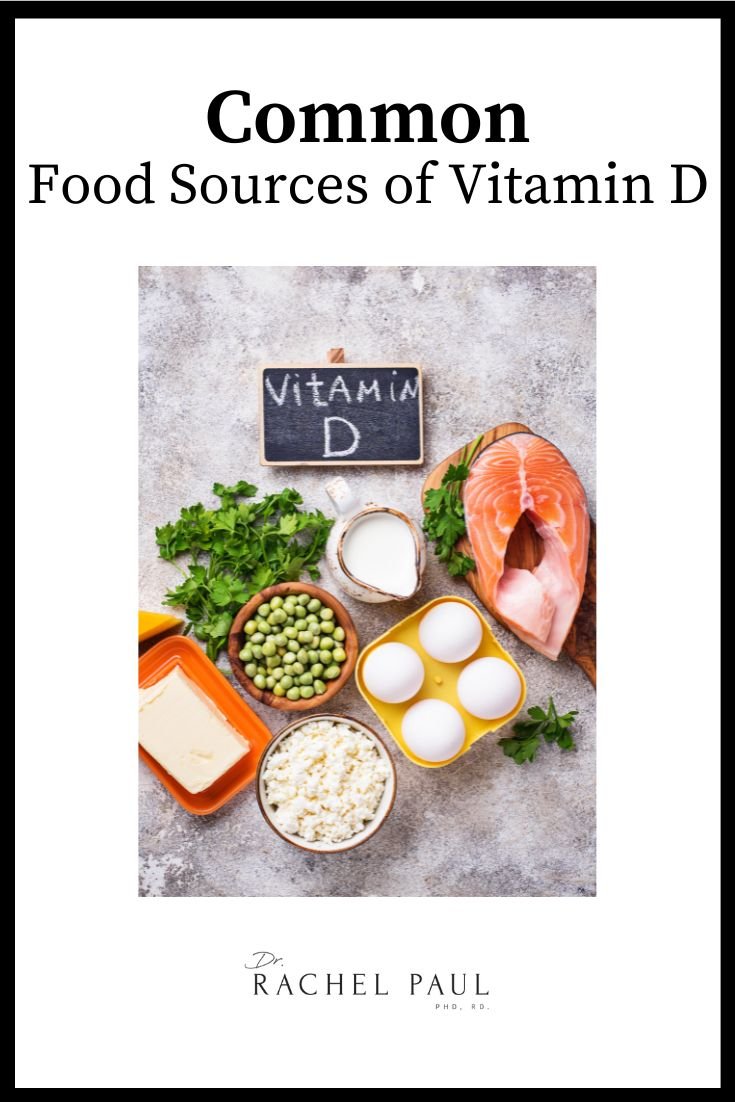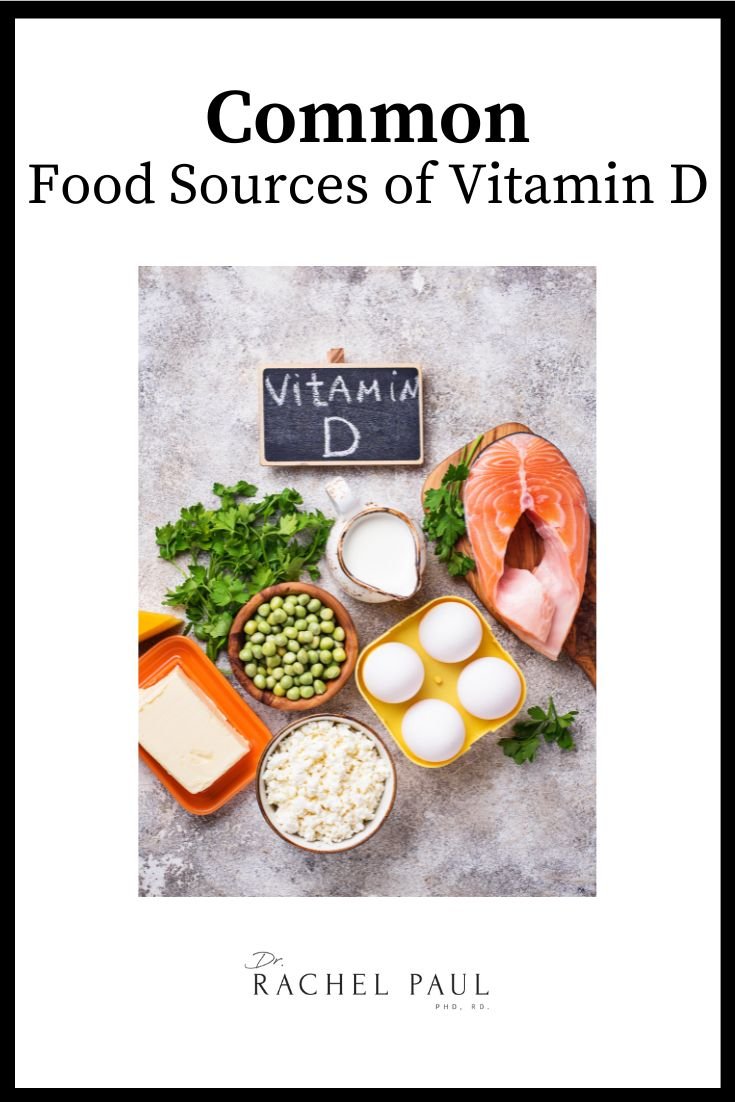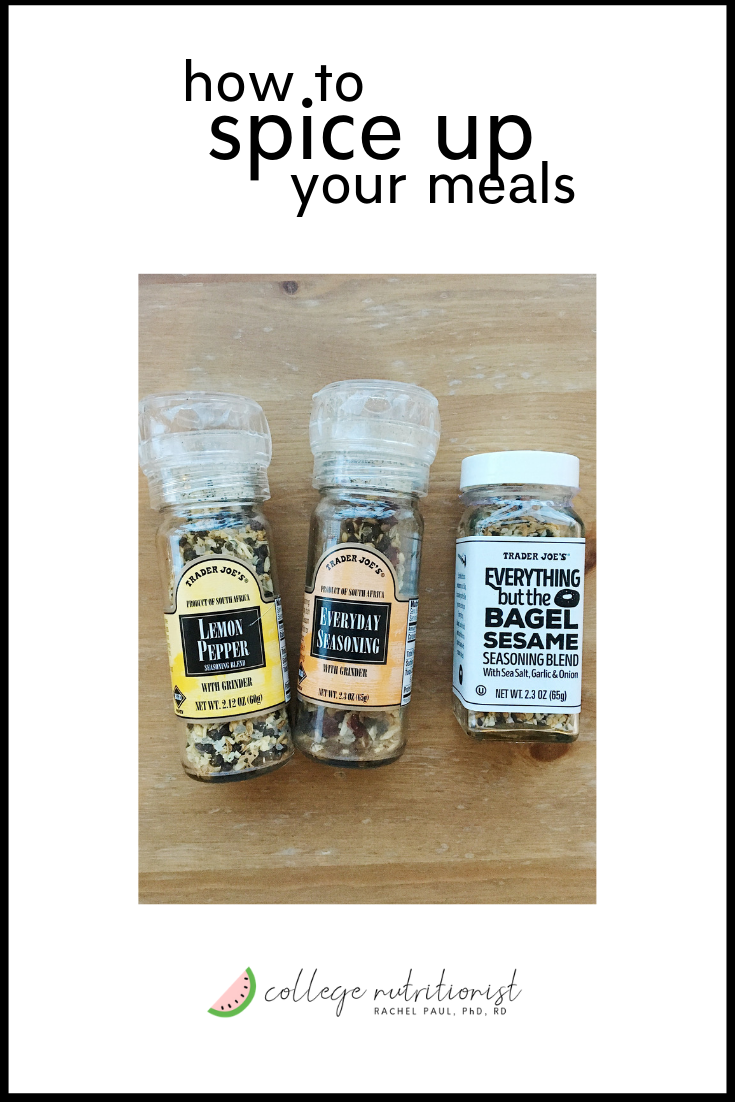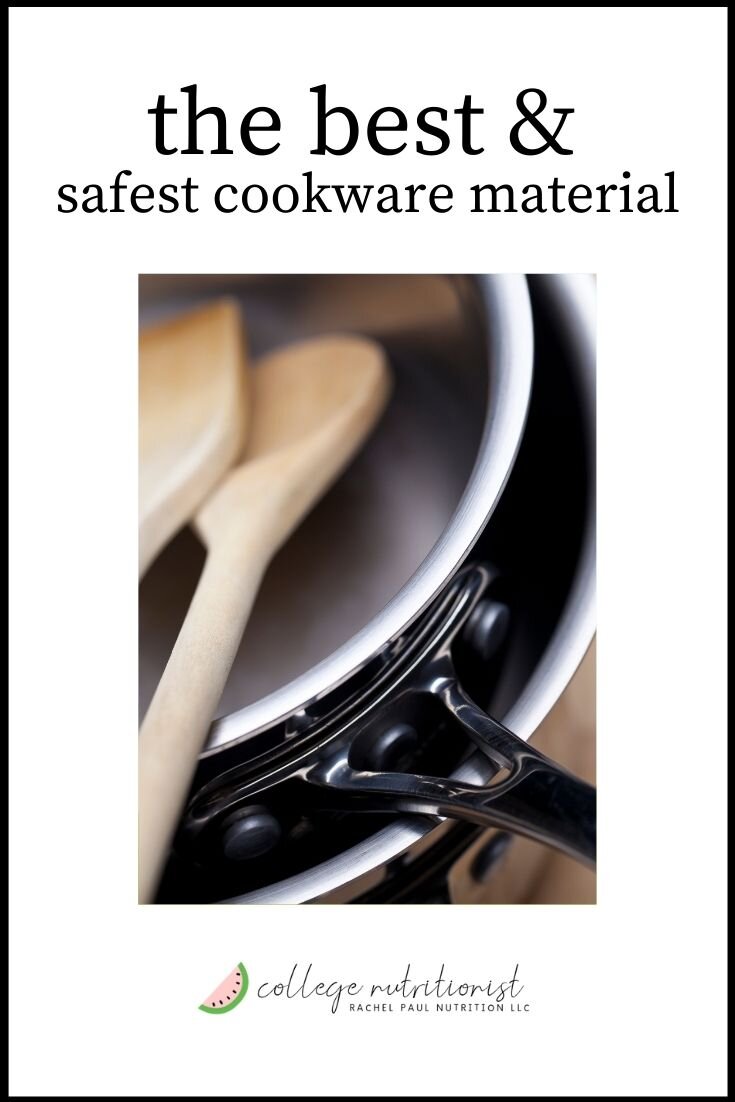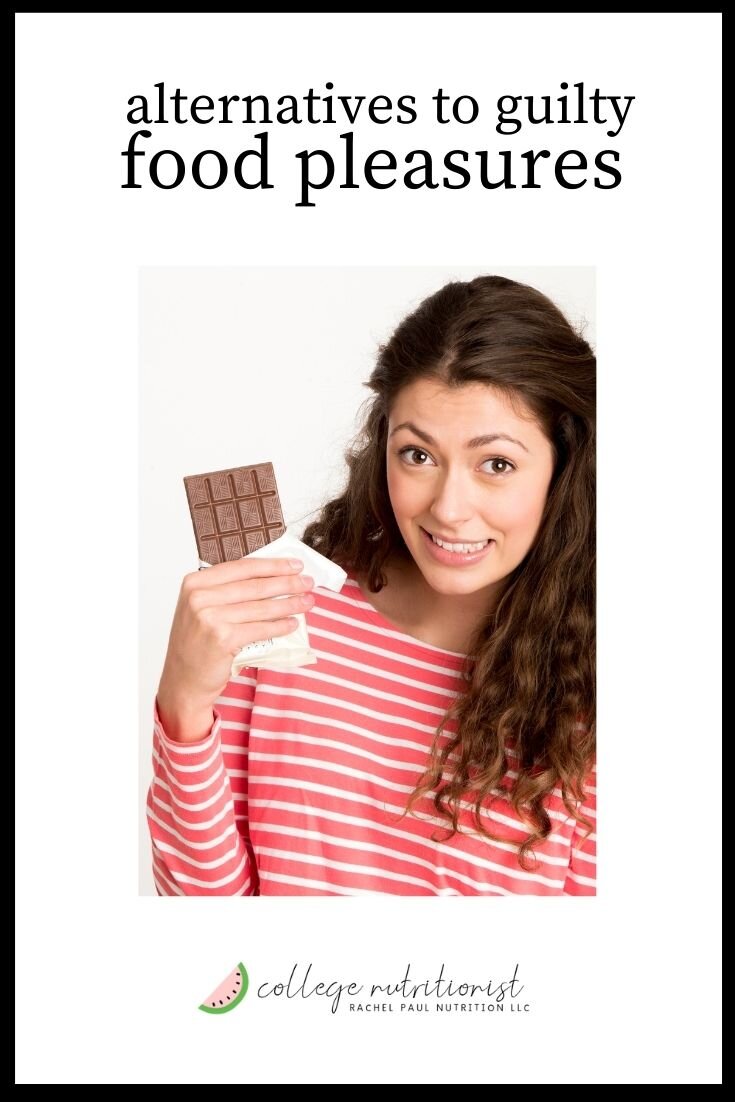Vitamin D (vitamin D2 and vitamin D3) is very important for our health. It’s crucial for muscle, teeth, and bone health, and it helps regulate calcium and phosphate levels in our bodies.
While the body produces vitamin D when exposed to sunlight, the amount is often not enough. We need more vitamin D than we get from sun exposure, and the best way to improve our vitamin D levels is by getting vitamin D from food.
Of course, if you’re still not getting a good amount of vitamin D, you can also use vitamin D supplements. However, you should strive to get as much of it from food as possible. Remember: supplements should never replace your vitamin food sources – they are only an addition.
If you’re not sure whether or not your vitamin D levels are okay, take a blood test and find out, so you know what you need to do.
A lot of people aren’t getting their recommended daily dose of vitamin D, so I’m sharing a round-up of vitamin D food sources that are easy to find and are common everywhere. These foods aren’t only good sources of vitamin D, but they’re also healthy!
7 Common Food Sources Of Vitamin D
What Is The Recommended Dose Of Vitamin D Daily
The amount of vitamin D you should intake daily depends on your age, so let’s find out how much intake of vitamin D you need per day.
-
Infants ages 0-12 months: 400 IU per day (10 mcg)
-
Children ages 1-18: 600 IU per day (15 mcg)
-
Adults ages 18- 70: 600 IU per day (15 mcg)
-
Adults over 70: 800 IU per day (20 mcg)
-
If you’re pregnant or lactating: 600 IU per day (15 mcg)
Egg yolks
100 grams of egg yolks contain 218 IU of vitamin D, which means they’re an amazing source of vitamin D!
Plus, they’re easy to incorporate into your diet! First of all, you can eat more eggs in the morning, if you don’t eat them often or if you always eat just one.
Try making eggs in different ways to keep things interesting and to make yourself want to eat eggs often: you can make an omelet, fried eggs, tortilla egg wrap, boiled eggs, poached eggs, pesto eggs, and so on.
Here’s a fun idea on what to make for lunch to eat more egg yolks – when you think about eggs in general, the first thing that comes to mind is breakfast. But there are tons of ways to include eggs in you lunch and dinner food as well, so here’s on example.
Cauli Risotto Carbonara
402 calories
Ingredients
-
1½ cups Cauliflower rice, raw (already riced) – 57 calories
-
3 Uncured bacon, slice – 132 calories
-
1 Egg, large – 72 calories
-
1 Egg yolk – 55 calories
-
¼ cup Cheese, Parmesan, grated (cups) – 86.25 calories
-
1 Pepper, dash – 0 calories
-
1 Garlic powder, dash – 0 calories
Instructions
-
Cut bacon into small pieces with kitchen shears, or slice with a knife.
-
Add bacon to a pan and cook on lowest heat until cooked through, stirring occasionally.
-
Remove bacon from the pan, and drain away most (but not all) of the bacon grease.
-
Add in cauliflower rice, stir fry on medium-low until cauli rice has become a bit transparent and you see some browning, ~6 minutes.
-
While cauli rice is cooking, whisk together eggs, egg yolks, Parmesan, and seasonings in a bowl.
-
Add bacon back to the pan with the cauli rice, then slowly add in sauce, stirring your pot while you do so.
-
Cook for another ~3 minutes, or until your desired consistency.
-
No bacon? Use turkey or soy bacon. No dairy? Use a dairy-free cheese.
Milk fortified with vitamin D
1 cup of milk fortified with vitamin D usually contains about 120 IU of vitamin D. If you drink milk often, switching from regular milk to milk fortified with vitamin D will be an insanely easy way to improve your vitamin D levels. Fortified foods are a great way to improve vitamin levels without changing your diet much.
Salmon
100 grams of salmon has around 560 IU of vitamin D, which means one salmon fillet will provide your needed daily amount of vitamin D. It would be a great idea to start eating salmon at least once a week.
It’s not only high in vitamin D, but also in omega-3 fatty acids, and tons of other nutrients, just like all fatty fish (some other examples of fish full of vitamin D are whitefish, swordfish, halibut, sardines, etc.).
If you need some inspiration to help you eat more salmon, here are two recipes that will make you crave it!
Baked Salmon with Corn & Cucumber Salad
572 calories
Ingredients
-
4 oz Salmon fillet – 200 calories
-
1 cup Corn, canned – 125 calories
-
½ Avocado, small – 116.5 calories
-
⅙ cup Cheese, crumbled, feta – 66.5 calories
-
1 Cucumber, small – 32 calories
-
½ cup Salsa – 32 calories
-
1 Salt, dash – 0 calories
-
1 Basil, dash – 0 calories
Instructions
-
Preheat oven to 425 degrees F. Line a baking sheet with parchment paper & spray it with an oil spray. Add salt & basil to salmon. Bake salmon for 15 minutes, or until flakes easily.
-
To make salad:
Dice avocado and cucumber. Combine the corn, avocado, feta, cucumber, and salsa in a bowl. Add salt & basil to taste. -
Top with salmon.
-
No dairy? Use a dairy-free cheese, or more avocado.
Mediterranean Salmon
411 calories
Ingredients
-
4 oz Salmon fillet – 200 calories
-
½ Onion, yellow – 27.5 calories
-
½ cup Tomatoes, canned, crushed – 25 calories
-
1⅓ Tbsp Olive oil (Tbsp) – 158.66627 calories
-
1 Salt, dash – 0 calories
-
1 Pepper, dash – 0 calories
-
1 Oregano, dash – 0 calories
Instructions
-
Add oil to pan. Note: 1 1/3 Tbsp = 4 tsp.
-
Slice onion.
-
Stir-fry onion ~7 minutes, until they’re browned and fragrant, on lowest heat.
-
Add tomatoes and salmon.
-
Cover pot with a lid. Turn heat to low.
-
Let simmer ~15 minutes (or until salmon flakes easily).
-
Add seasonings.
Canned tuna
100 grams of canned tuna have 270 IU of vitamin D, which makes it a great food to eat when you don’t have enough vitamin D in your body.
Canned tuna is not only affordable, but it’s delicious and easy to incorporate into dishes or just eat with a salad.
If you need some inspiration for tuna meals, here’s a great healthy & nutritious recipe that uses canned tuna, and is perfect for lunch or dinner.
Tuna Pasta Salad
467 calories
Ingredients
-
½ cup Tomatoes, grape – 16 calories
-
2 cups Leafy greens, lettuce, raw – 10 calories
-
1 oz Cheese, goat – 103 calories
-
½ cup Beans & legumes, “noodles” – 95 calories
-
1 Tuna, canned (1 can) – 120 calories
-
⅛ cup Almonds – 105 calories
-
1 Basil, dash – 0 calories
-
1 Oregano, dash – 0 calories
-
1 Salt, dash – 0 calories
-
1 Pepper, dash – 0 calories
-
1 Tbsp Vinaigrette, light (less than 50 calories per 2 Tbsp) – 17.5 calories
Instructions
-
Cook pasta (bean pasta e.g. Banza) as instructed on package. Let cool.
-
Mix all ingredients into a salad.
-
No dairy? Use a dairy-free cheese, or avocado or an oil dressing instead of a light dressing.
-
Note: I like Trader Joe’s fat free vinaigrette – but Paul Newman, Whole Foods, etc. all have good light dressings.
Beef liver
3 ounces of cooked beef liver have 42 IU of vitamin D. While it may not be the most common food you eat weekly, it would be a good idea to add it to your monthly meal rotation if you want to improve your vitamin D levels.
Orange juice fortified with vitamin D
Orange juice on its own doesn’t contain vitamin D. However, orange juice fortified with vitamin D contains 15% of recommended daily vitamin D intake in 8 ounces.
So, if you love juice, getting fortified orange juice instead of the regular will be a super easy way to get more vitamin D.
Mushrooms
As you probably noticed from the list, not many vegetables contain vitamin D. In fact, none do, except for mushrooms which were exposed to sunlight.
So, adding more mushrooms to your diet would be a great idea – they have tons of health benefits, they’re delicious, versatile, and can be used in so many dishes and in so many different ways.
Here’s a snack idea that uses mushrooms, is healthy, and is super delicious.
Shiitake Mushroom Pizzas
197 calories
Ingredients
-
6 Shiitake mushrooms – 60 calories
-
½ cup Canned, diced tomatoes – 25 calories
-
⅓ cup Cheese, shredded, mozzarella – 112 calories
-
1 Basil, dash – 0 calories
-
1 Oregano, dash – 0 calories
-
1 Salt, dash – 0 calories
Instructions
-
Cut off stems of mushrooms
-
Make small pizzas by adding tomatoes, cheese, and seasonings on undersides of mushrooms
-
Cook in toaster oven or oven at 300 degrees for ~10 minutes
-
No dairy? Use dairy-free cheese, or bacon
Does Vitamin D Deficiency Cause Weight Gain?
While vitamin D deficiency doesn’t necessarily mean you’ll gain weight, there have been studies that have shown a correlation between vitamin D deficiency and weight gain. So, while being low in vitamin D doesn’t necessarily mean you’ll gain unwanted weight, it can contribute to it, which is another reason why it’s important to work on having enough vitamin D (it’s also important for calcium absorption, and lowering the risk of autoimmune diseases).
